Best way to lay this stone patio?
diannelmt
11 years ago
Related Stories

GARDEN STYLESLay of the Landscape: 12 Elements of Provence Garden Style
With their lavender fields, stone walls and meandering pathways, the gardens of Provence brim with charm and beauty
Full Story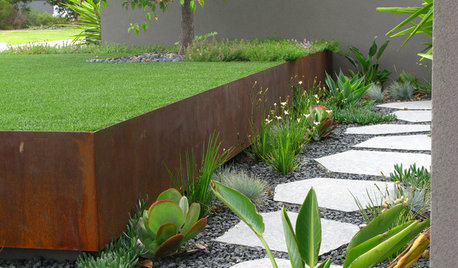
LANDSCAPE DESIGN7 Questions to Ask Before Laying Stepping Stones
These broken-up pathways invite you to put a spring in your step — while adding functionality to the garden
Full Story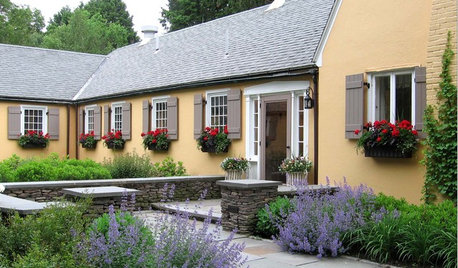
LANDSCAPE DESIGNLay of the Landscape: French Garden Style
Symmetry and geometry define this decorous landscape style, appropriate for both grand gardens and intimate spaces
Full Story
GARDENING AND LANDSCAPINGLay of the Landscape: Cottage Garden Style
Informal and vibrant, cottage gardens charm with their billowy abundance. These tips help you bring the look to your own landscape
Full Story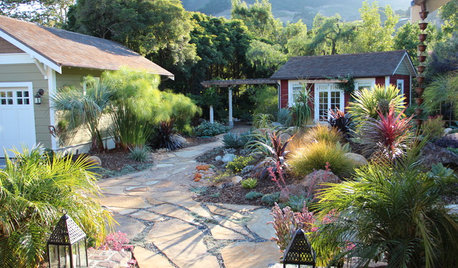
GARDENING AND LANDSCAPINGPave the Way to Landscape Style With Flagstone
Define a patio, build a path, make a fire pit ... learn about flagstone's many uses, plus costs and considerations, here
Full Story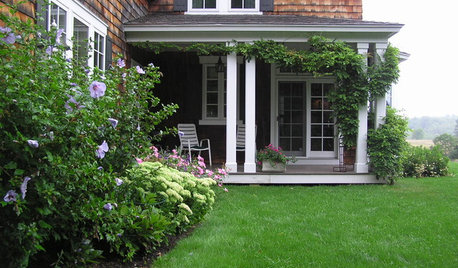
GARDENING AND LANDSCAPINGLay of the Landscape: Traditional Garden Style
If strong lines, manicured beds and a sense of graciousness speak to you, a traditional landscape may be on your horizon
Full Story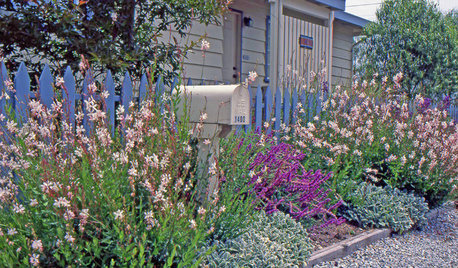
LANDSCAPE DESIGNLay of the Landscape: Coastal Garden Style
Seaside gardens can be the ultimate in soothing landscapes if you know how to work with the elements and choose the right plants
Full Story
GARDENING GUIDESLay of the Landscape: Theme Gardens
Whether you're a collector, a romantic or a kid at heart, here's how to create a garden that reflects your unique interests
Full Story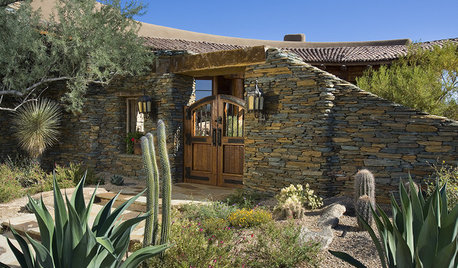
LANDSCAPE DESIGNLay of the Landscape: Southwestern Garden Style
Water may be scarce, but color and striking foliage are as profuse in the desert landscape as the sunsets are breathtaking
Full Story
GARDENING GUIDESLay of the Landscape: English-Style Gardens
Stately and formal meet natural and romantic in English-inspired landscapes
Full StoryMore Discussions






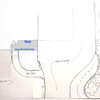


inkognito
diannelmtOriginal Author
Related Professionals
Chattanooga Landscape Architects & Landscape Designers · Brooklyn Center Landscape Architects & Landscape Designers · Tempe Landscape Contractors · Bellefontaine Neighbors Landscape Contractors · Berwyn Landscape Contractors · Corona Landscape Contractors · Farmington Landscape Contractors · Harrisburg Landscape Contractors · Mahwah Landscape Contractors · Mercedes Landscape Contractors · Washington Landscape Contractors · Ashburn Decks, Patios & Outdoor Enclosures · Framingham Decks, Patios & Outdoor Enclosures · North Myrtle Beach Decks, Patios & Outdoor Enclosures · Saint Louis Park Decks, Patios & Outdoor Enclosuresmarcinde
karinl
marcinde
deviant-deziner
diannelmtOriginal Author
deviant-deziner
timbu